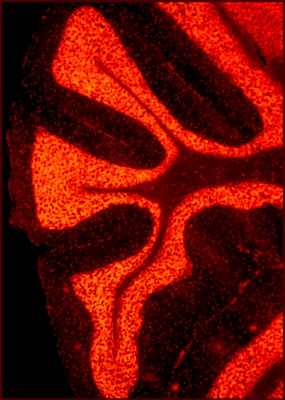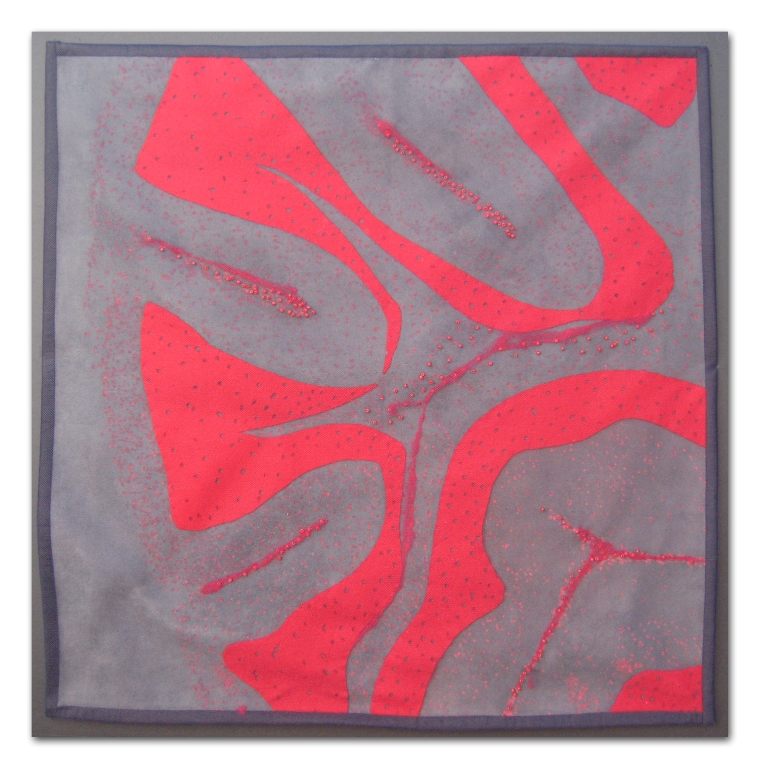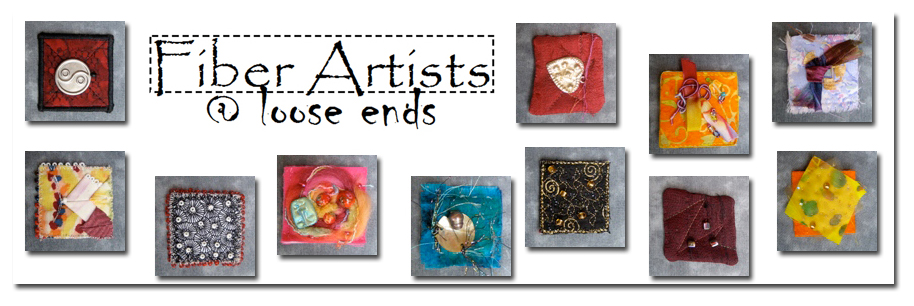Learning Tree
 Maria
Morrell, Ph.D., Postdoctoral Research Fellow,
Cell & Developmental Biology, University of Michigan
This is a section of a mouse cerebellum (from the Latin “little
brain”). Located
at the lower back of the brain, the cerebellum receives and
sends information
to other organs. Accordingly, this information processing center
contains more
than 50 percent of the total neurons in the brain. To
accommodate such a large
number of cells into such a small space, the outer region of the
cerebellum is
thrown into folds, or lobules. In this photomicrograph, every
red dot indicates
one single cell that is undergoing cell division. Conditions
such as schizophrenia,
autism, mood disorders, dementia, and attention deficit
hyperactivity disorder
(ADHD) are all thought to be disorders of cerebellar function.
|

Christine Adams
I used to think that life was like fabric that can be arranged
and rearranged so that each time the same yardage tells a
slightly different story. My grandfather allowed me freedom
to explore his upholstery shop and its scrap box. Working on
the Learning Tree was an extension of these happy days. To
bring out the richness and depth of the background, I chose
suede upholstery fabric dyed charcoal and then overdyed with
various shades of blue. Silk waste dyed red, net, and sequins
were used to complete the image. Unusual tools used in this
project were an ice pick and a leather punch.
Back to Gallery
|
 Fiber
Artists @ Loose Ends encourages members to explore new ideas and
techniques, inspires and nurtures creativity. By sharing our work
in private and public venues, we express our passion for the textile
medium.
Fiber
Artists @ Loose Ends encourages members to explore new ideas and
techniques, inspires and nurtures creativity. By sharing our work
in private and public venues, we express our passion for the textile
medium.
